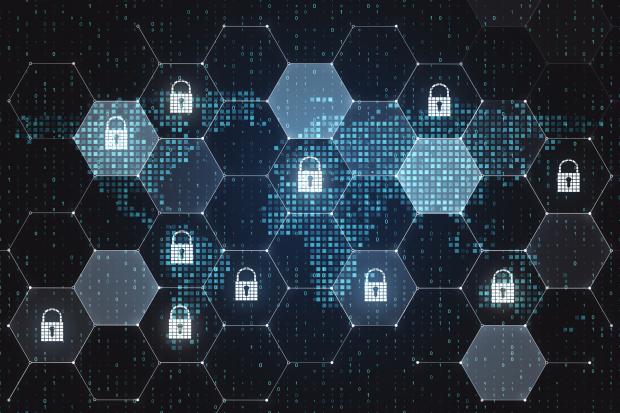
The 'cloud' refers to software and services that run on the Internet instead of locally on your PC or laptop. Most cloud services can be accessed through a web browser like Google Chrome, or Microsoft Edge, and some services use mobile apps.
Some examples of cloud services include Google Drive, Apple iCloud, Dropbox, Amazon Cloud Drive and Microsoft OneDrive - these are often used for backing up files and photos.
Other services such as Microsoft Office 365 and Google Docs let you collaborate with friends or work colleagues on documents and projects. Cloud services are everywhere and even encompass services such as operating systems like Google Chrome OS, or gaming with Google Stadia.
Using the Cloud – pros and cons
There are many benefits of using the cloud, including:
- You can access your information on any device with an Internet connection.
- It’s possible to store, view, share and collaborate on files without taking up storage space on your device.
- Remote servers handle most of the processing and storage with the cloud, so you don’t need an expensive, powerful device.
Some drawbacks of the cloud include:
- You can only access files or cloud-based apps if you have an Internet connection.
- You won’t be able to get access to the cloud if there are technical issues or outages with the service.
- Because your data is stored on other computers on the Internet, there is always the risk of it getting into the wrong hands.
Secure your Cloud
Cloud services can be targets for cyber criminals, due to the personal data and financial information stored on them. You can better secure them against cyber criminals by following these tips:
- Set strong passwords using three random words, the longer the better. A strong password is especially important for your primary email account as you will likely use it as a username for lots of online services.
- Use password manager apps or save them in your web browser so you don’t forget your different passwords. More information on password managers and how they can help you can be found on the National Cyber Security Centre’s (NCSC) password manager article.
- Use Two Factor Authentication (2FA) where this is offered - this is a way of ‘doubling up’ on security by verifying it is you logging into your account. This is normally a code sent to your mobile phone, email address, or obtained from an authenticator app. Instructions can be found online for major providers such as Google / Apple / Microsoft.
- Keep mobile devices secure with a strong password, PIN, pattern, or use fingerprint or facial recognition technology. Mobile devices such as smartphones and tablets are more likely to be lost or stolen, and if they are not secured, criminals could steal your data.
- Enable remote management features like “find my device” which allow you to remotely lock and wipe your devices if they are lost or stolen. Instructions for the most popular Operating Systems can be found here: Android / Apple / Windows
- Think about the sensitivity of data that you are backing up to a cloud account and consider a local offline backup if you want to ensure that it is kept secure.
Resources
Read more about using built-in cloud services on the NCSC website.